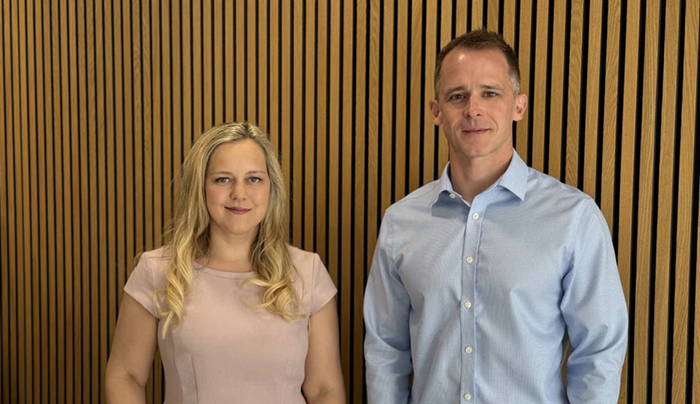Camena Bioscience (Camena), an innovator in enzymatic DNA synthesis, and Constructive Bio (Constructive), a pioneer in whole genome writing, today announced they have joined a collaborative project led by the Max-Planck Institute of Molecular Plant Physiology (MPI-MP), Germany, for a research initiative to develop synthetic chloroplast genomes.

Image Credit: Camena Bioscience
Until now, constructing synthetic chloroplast genomes has been extremely challenging due to their structural complexity and very large size. Camena and Constructive will overcome these critical technical barriers through application of their DNA synthesis technology and large-scale DNA assembly toolkit, respectively, to deliver highly complex constructs at scale, enabling high-fidelity DNA synthesis and full-genome assembly. Synthetic chloroplast genomes hold enormous potential, from optimizing crop performance in response to climate change, to developing plants as sustainable biofactories for biofuels and pharmaceuticals.
Chloroplasts are specialized structures within plant cells that perform photosynthesis; capturing sunlight and converting it into energy. The chloroplast genome is the complete set of DNA contained within a chloroplast. Studying these genomes provides valuable insights into plant evolution and the blueprint for how plants capture energy and adapt to changing environments. Chloroplast genomes are typically 120-170 kilobases in length, highly AT-rich, and contain extensive repetitive regions. These features make them particularly challenging to sequence, synthesise, and assemble.
Camena and Constructive's innovations are foundational to the collaboration's effort to build fully synthetic chloroplast genomes. The project is backed by £9.1 m funding from ARIA, the Advanced Research + Invention Agency, a non-departmental public body, sponsored by the Department for Science, Innovation and Technology, will be led by Dr. Daniel Dunkelmann at the MPI-MP, and also includes academics Pallavi Singh, University of Essex and Patrick Shih, UC Berkeley.
Combining Camena's ability to synthesise DNA with Constructive's ability to assemble genomes precisely highlights the UK's leadership position in cutting-edge synthetic biology, and leading role in DNA sequencing innovation. We're delighted that Camena was the chosen DNA synthesis partner to deliver highly complex constructs at scale, and look forward to working with MPI-MP to realize their ambitious vision."
Dr. Steve Harvey, CEO, Camena Bioscience
Dr. Ola Wlodek, CEO of Constructive Bio, added: "Synthetic chloroplasts represent a groundbreaking leap for synthetic genomics, bringing pioneering ideas into reality and laying the foundation for a bioeconomy projected to surge to $30 trillion by 2050. This leap is made possible by the combined capabilities of Camena and Constructive. We are excited to apply our transformative large-scale DNA assembly toolkit to help power a biomanufacturing revolution, and we believe it will deliver outsized ROI for savvy investors through disruptive innovation—while aligning with ESG mandates to safeguard planetary health and reshape entire industries for generations to come."